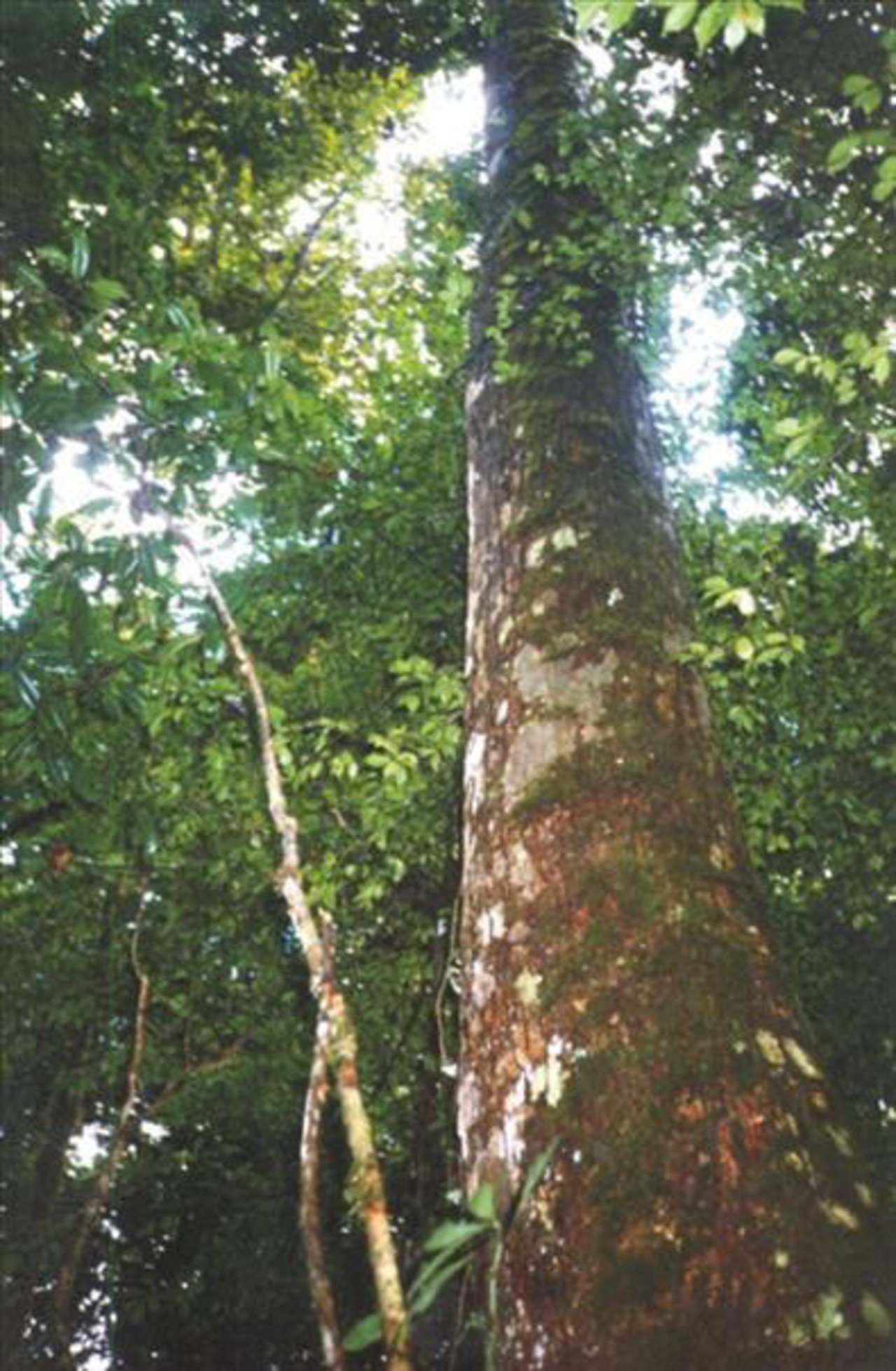
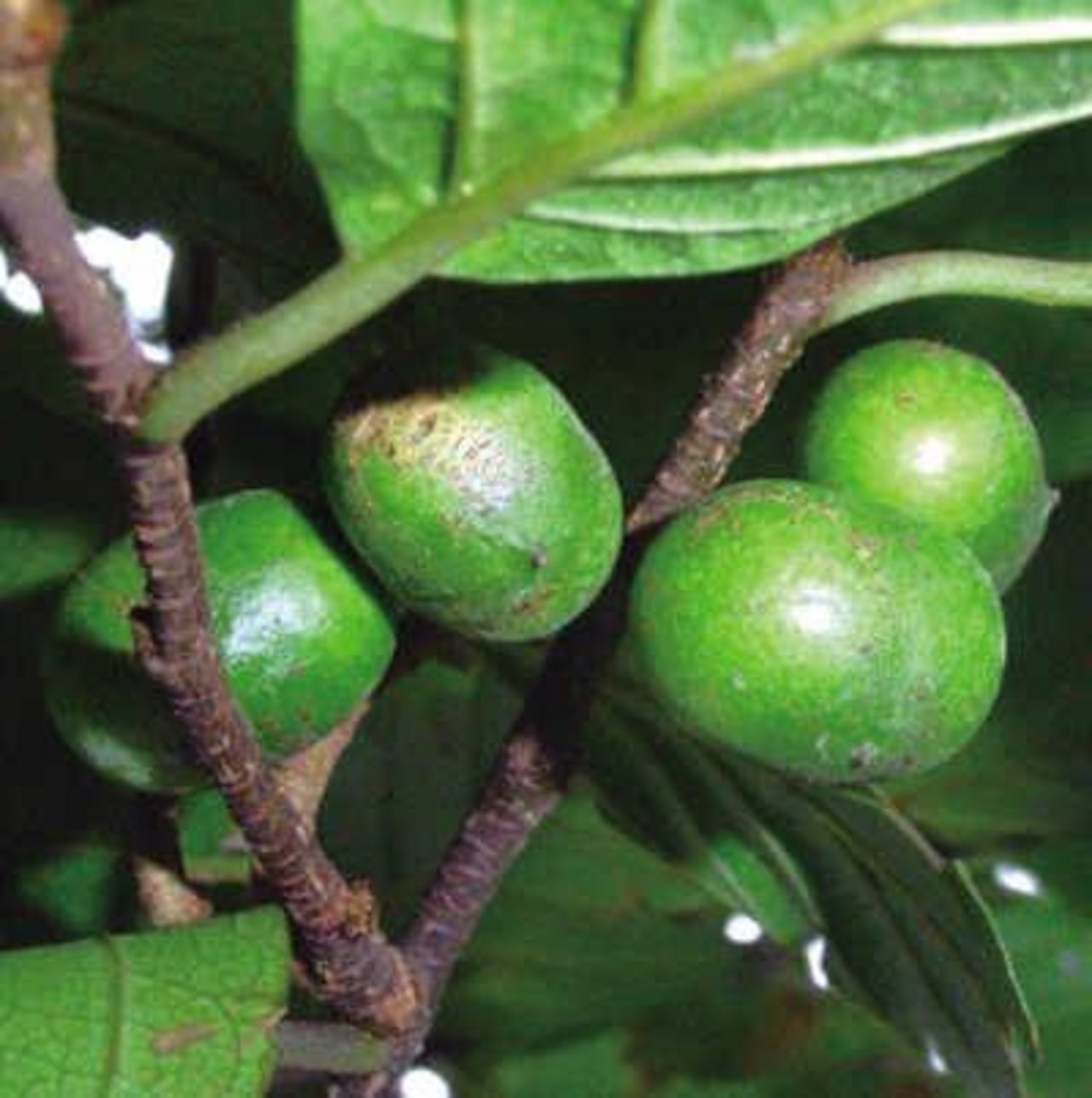
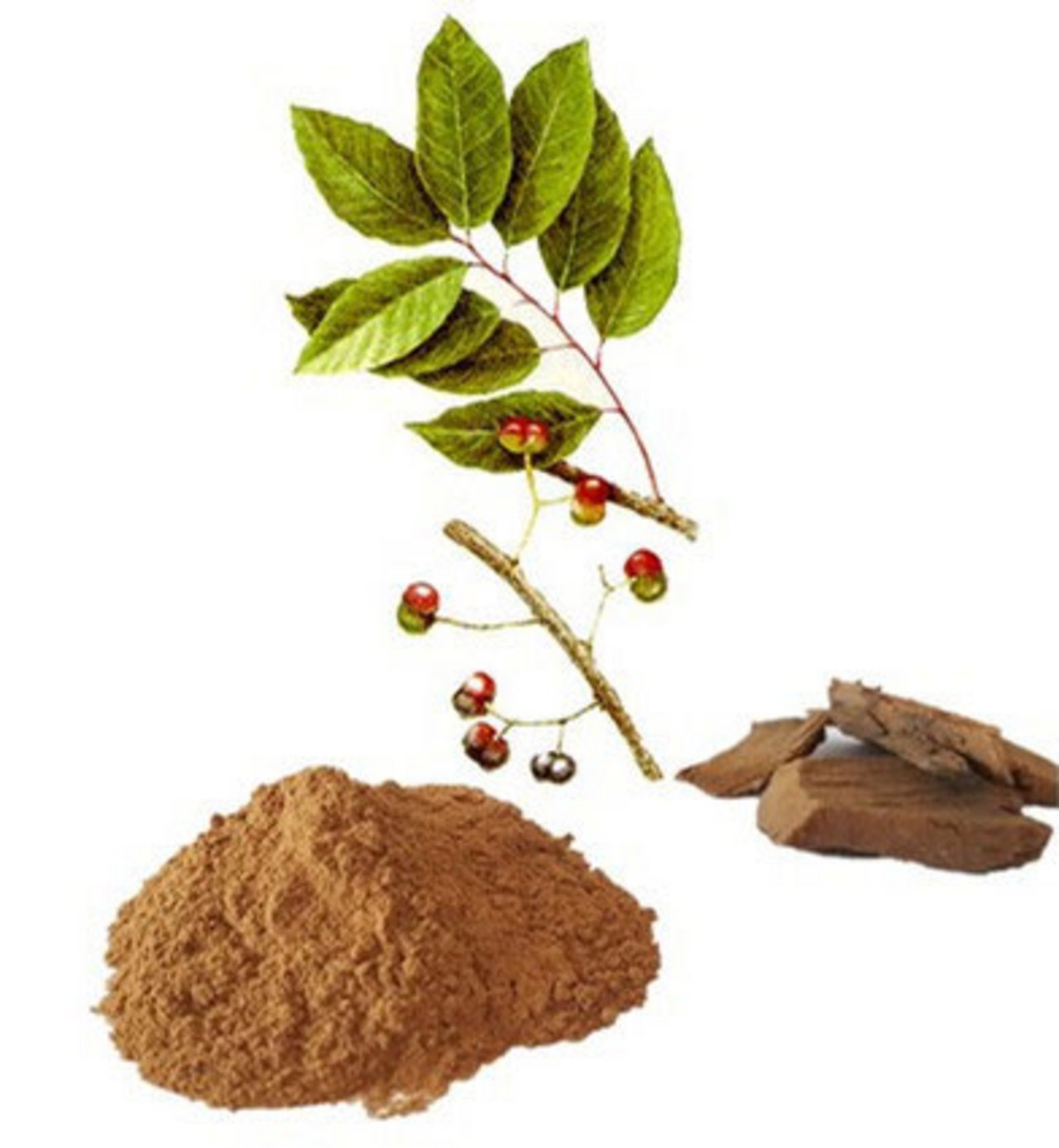
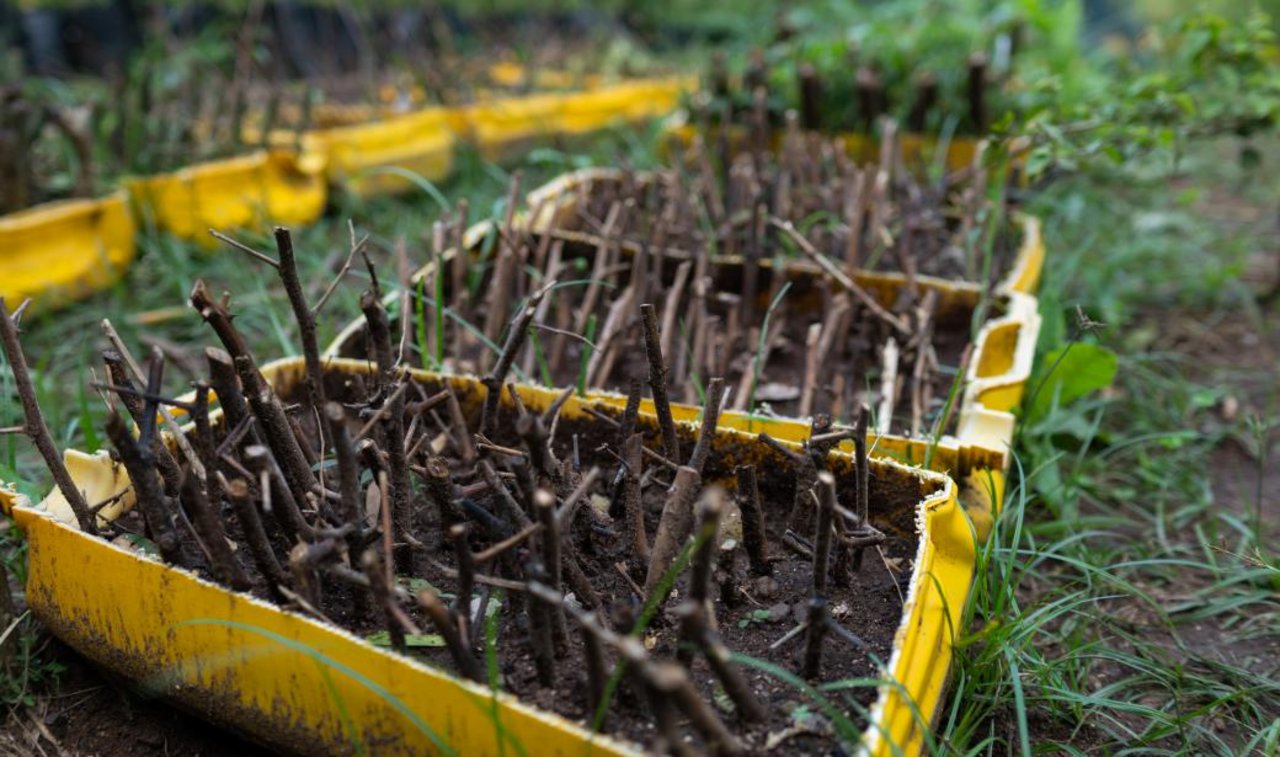
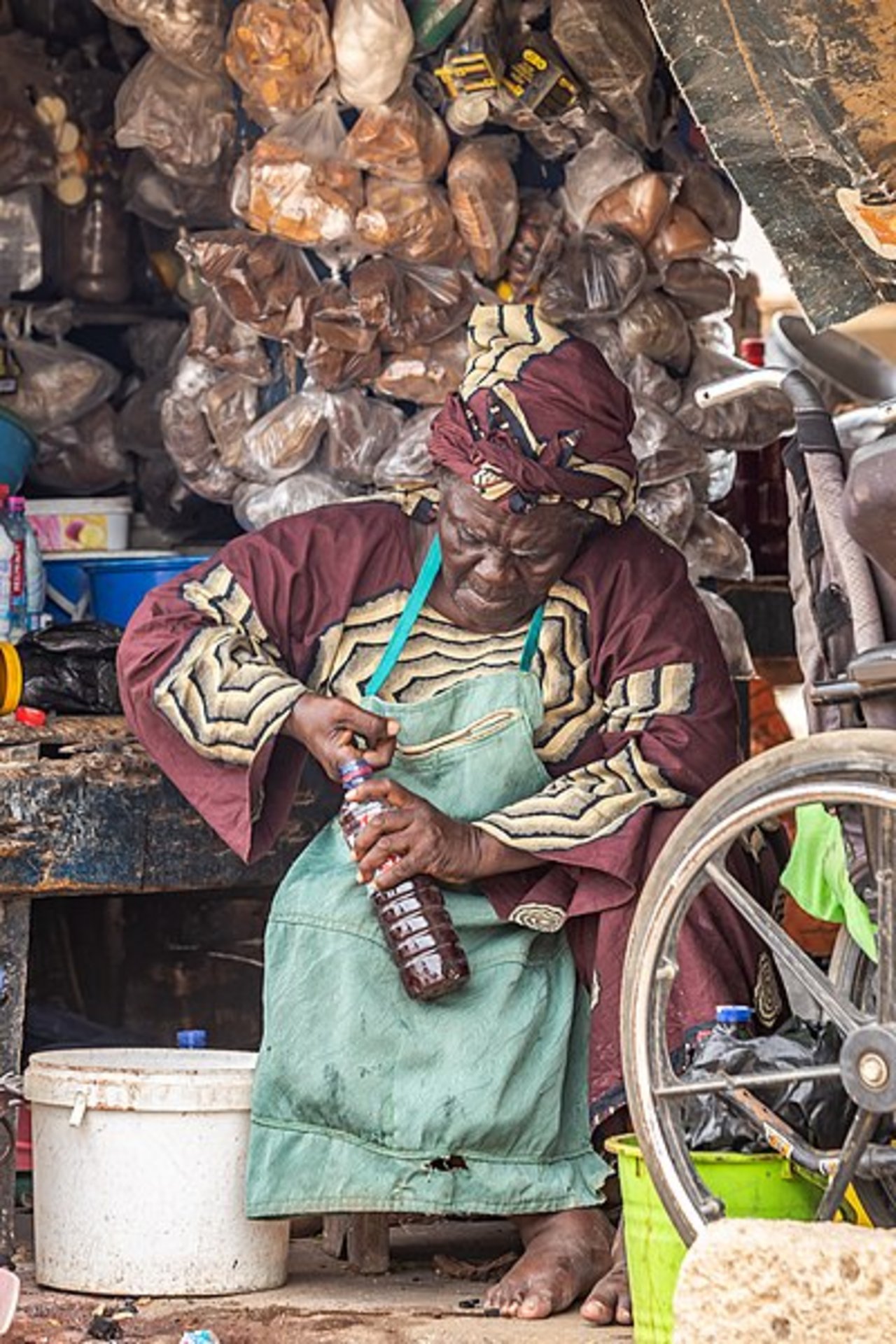
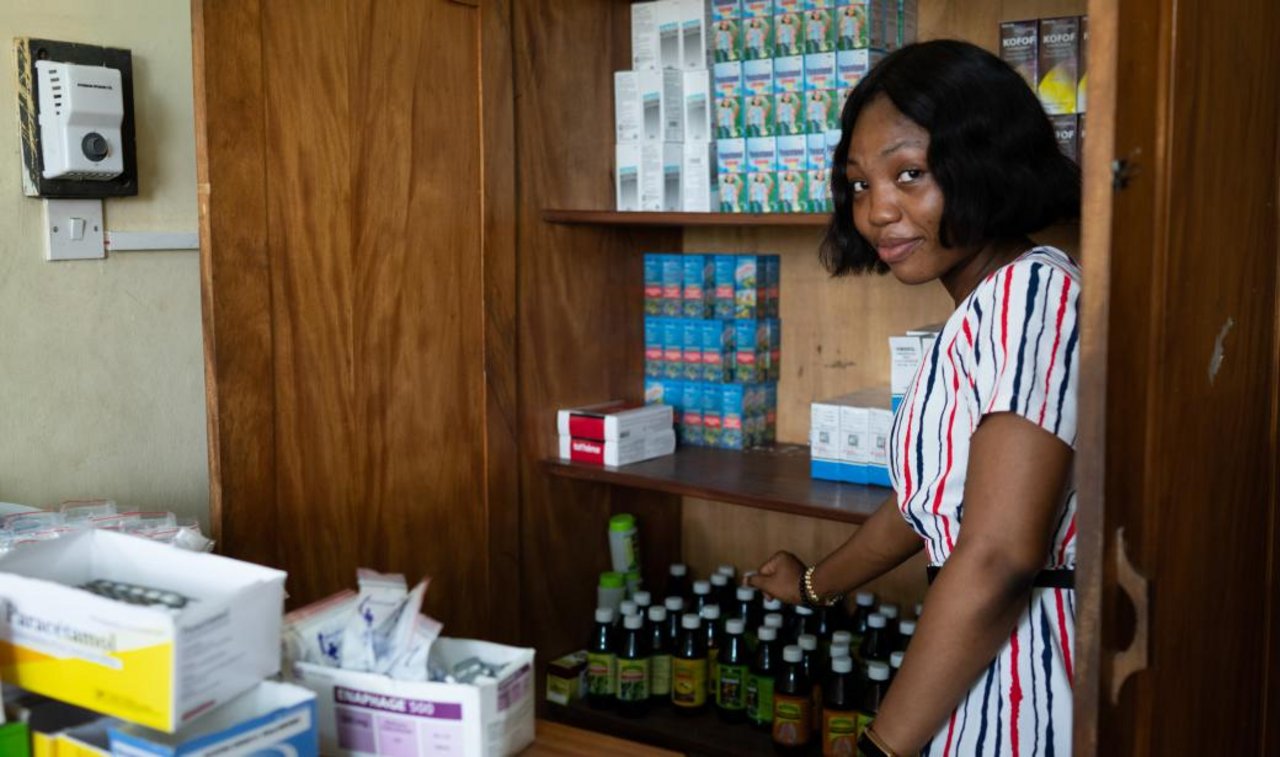
BIO-MEDICINE AND TRADITIONAL MEDICINE
There are two major systems of therapy in Ghana: biomedicine and traditional medicine (TRM). Biomedicine is based on the "germ theory" of modern or scientific medicine, while TRM is based on the traditional beliefs of Ghanaians. Modern or scientific medicine is an import from Europe that approaches diseases in a scientific manner and seeks to diagnose and apply the most appropriate therapy based on the findings and eventually provide for the rehabilitation of the sick. It is noteworthy that this type of medicine has evolved from TRM.
The broad term "traditional medicine" and the wide range of practices it encompasses makes it difficult to define or describe, especially in a global context (Mpofu, 2006).
At a meeting in Brazzaville, Africa, more than 30 years ago, experts from the World Health Organization (WHO) defined traditional medicine as "the sum total of all knowledge and practices used for the diagnosis, prevention and correction of physical, mental and social imbalances, based solely on practical experience and observation passed down from generation to generation orally or in writing" (WHO, 1978).
More recently, TRM has been defined as
"the sum of all knowledge, skills and practices indigenous to different cultures and used to maintain health and to prevent, diagnose, ameliorate or treat physical and mental illness" (WHO, 2013). koreascience 2016
TRADITIONAL MEDICINAL PLANTS
Medicinal plants are the backbone of Africa's traditional medicine. These medicinal plants are also traded, but usually come from the immediate living environment of the healer in question.
Due to overexploitation, many of the plant species are threatened.
Of the approximately 6,400 plants found in tropical Africa, more than 4,000 are used for healing purposes. The plants often also have symbolic and spiritual significance.
For example, leaves, seeds and branches that are white, black or red have a special symbolic or magical meaning and possess special properties.
Examples:
Pygeum (Prunus africana, also African plum):
The African plum is not only used in TAM. It is used worldwide as a remedy for mild to moderate benign prostate enlargement.
It causes relief of bladder emptying and soothes inflammation of the urinary tract and reduces the deposition of cholesterol.
TAM uses the bark for tea, while it is otherwise administered in powder, tincture or pill form.
Pygeum has been marketed in Europe since 1970. In Madagascar and Cameroon, pygeum is cultivated in large quantities.[14]
The wild violet tree, Securidaca longepedunculata[35][36] is found in almost all areas of Africa, and its uses vary. In Tanzania, the dried bark and root are administered daily for a fortnight as a laxative for nervous disorders. In East Africa, the dried leaves of the plant are used to treat wounds and ulcers, coughs, venereal diseases and snakebites.
In Malawi, the fresh leaves are also used for sores and ulcers, coughs, venereal diseases and snakebites, as well as bilharzia, and the dried leaves for headaches. In other regions, parts of the plant are used as a remedy for skin diseases, malaria, impotence, epilepsy and also as an aphrodisiac.
Study
ACE Inhibitor Activity of Nutritive Plants in Kwa-Zulu Natal
Irene Mackraj and S. Ramesar investigated the effectiveness of 16 plants in the region. (Department of Biological and Conservation Sciences; University of Kwa-Zulu Natal, Durban, South Africa).
As a result, they found that eight of these plants may be of value in treating high blood pressure. These plants, locally known as muti, are also used by TAM healers.
Plant | Description |
African baobab | |
Vegetable plant Amaranthoideae | |
Green Amarant | |
Amaranthus spinosus | Thornier Foxtail amaranth[A 1] |
Asystasia gangetica. Also used in Nigerian folk medicine for asthma | |
Ceratotheca triloba | African Wild Fingerhut |
White-Goosefoot, a one year gras like plant | |
Sothern Emex | |
Justicia flava [A 1] | also called yellow Justicia . Used for fever and coughing. |
Moringa ovalifolia | Moringa is one of the most nutritionous plant and is used in the case of more than 300 diseases. |
Momordica balsamina | also known as Balsambirne and Jerusalemsapfel |
Oxygonum sinuatum | rank weeds, also called Dammer |
Physalis viscosa | |
Coffee-Kassie, Cassia occidentalis, Fruits used for Coffee. | |
Solanum nodiflorum [A 1] | also kown as Glossy Nightshade |
a storage organ, with hairless leaves, garlic-Kaplilie, often named as wild garlic. |
(see also List of vascular plants of Burkina Faso)
Of these 16 plant species, positive effects have been found in Amaranthus dubius, Amaranthus hybridus, Asystasia gangetica, Galinsoga parviflora, Justicia flava, Oxygonum sinuatum, Physalis viscosa, and Tulbaghia violacea, the latter being the most promising plants in terms of lowering blood pressure.
Traditional Healers in Ghana
Transnational Health Projects (TNHP)
are a form of planned engagement of a diaspora community with its country of origin in the field of health. International organisations and governments of northern countries point out that diaspora communities can make a positive contribution to the development of their countries of origin through remittances and know-how transfer.
The Ghanaian community is a diaspora of particular relevance in Germany.
People with a Ghanaian migration background represent the largest group of immigrants from sub-Saharan Africa (approx. 40,000).
They form a socially and economically active community that has developed extensive transnational networks over the years.
Both the motives and the thematic focus of the engagement vary; areas of interest are, for example, health, education or infrastructure.
However, activities in the health sector (e.g. setting up health centres, shipping medical equipment, etc.) are a focal point of engagement.
Objective
The objective of the study is to investigate the social phenomenon of TNHPs. For this purpose, the respective interactions between Ghanaians living in Germany and relevant actors in Ghana will be investigated and analysed. This includes the identification of project themes, actors involved, activities, resources and motivations. In addition, strategies (logic of action) as well as factors inherent in the transnational setting are examined.
The possible impact of the projects on the availability, access and perception of health services in Ghana as well as the possible influence on transnational networks will be assessed and discussed.
Methods
A qualitative research design was chosen to pursue the above objectives. The transnational character of the research topic is reflected in the fact that a total of 50 semi-structured interviews were conducted over a period of almost two years in both Ghana and Germany. The sampling followed the network structures of the projects and included donors, beneficiaries and supporters as well as actors with knowledge of transnational engagement processes, e.g. representatives of institutions and organisations. Five TNHPs were identified and served as the basis for developing a typology of transnational engagement in health.
Results
TNHPs are characterised by constellations of actors in Ghana and Germany who bring in their interests from donor, recipient and supporter perspectives. Depending on the topic of the TNHPs, different resources are needed. Monetary resources and funding were often explicitly described as prerequisites for a TNHP. While the resources that individuals provide to a project can be very useful for the development of a project, the dependence on a single person also carries high risks: Their withdrawal can have an inhibiting effect on the development of the project.
By contextualising the identified characteristics, the motivation of the actors and the availability of resources, three different types of engagement have emerged, namely 'continuous engagement' (Type I), 'single action' (Type II) and 'planning' (Type III). Type I is characterised by a pragmatic approach which, in combination with the available resources, leads to the realisation of projects. With new ideas and the perspective of further development, actors are encouraged to stay involved and maintain or expand their commitment. Type II is characterised by a fixed goal and the limitation to one project, which is carried out under difficult conditions.
Lack of resources is the main reason for abandonment. Type III is characterised by a project idea that develops over time. Commitment is motivated by an optimistic attitude, and even if conditions are not conducive to the implementation of a project, actors remain optimistic and stick to their commitment.
Discussion/Conclusion
TNHPs have been identified in the literature as part of civil society and the (transnational) community that have the potential to play an active role in the context of health sector development (primary health care and universal health coverage). TNHPs accumulate different forms of resources and take shape in heterogeneous forms of engagement (Type I-III). The study has shown how difficult it is for researchers to identify and demonstrate strategies that contribute to the development of the Ghanaian health system.
However, the examples show that TNHPs are contributing to the availability, accessibility and quality of Ghana's health services within the limits of their resources. While projects cannot compete with or replace the activities of other actors (e.g. Ghanaian government, NGOs, private for-profit providers), the current development of guidelines and policies (e.g. National Migration Policy, Sustainable Development Goals) aims to strengthen the contribution of TNHP as civil society actors.
To better understand the potential of transnational engagement, further research on the phenomenon of TNHP is needed, e.g. collecting data on a larger scale to quantify the phenomenon for Ghana and internationally, or applying a participatory research approach. This holds the opportunity to increase the agency of actors and strengthen their role in a contested field, as well as to reaffirm the importance of community engagement for health in times of global migration.
Publication year
2019
Author
Sobiech, Carolin UniBi
Reviewer / Supervisor
Bielefeld University, Faculty of Health Sciences
Razum, Oliver
Gerlinger, Thomas
Copyright / Licences
Creative Commons Attribution 4.0 International Public License (CC-BY 4.0)
pub.uni-bielefeld.de/record/2933027
WHO 2019
For many years, traditional medicine received limited attention from medical experts who called for more scientific evidence. However, a growing number of African countries are showing a renewed interest in this ancient healing art.
Traditional medicine, supported by scientific methods, tools and guidelines, can make an important contribution to improving access to medicines and achieving universal health coverage in Africa.
Traditional medicines play an important role in health care in many African communities. Accessibility, availability, affordability, cultural acceptance as well as spiritual, religious and sociological values make them a preferred option over conventional therapies for many people.
The number of patients using traditional remedies is significantly higher compared to conventional treatment. In Ghana, about 70 % of patients use herbal medicines. The Ghanaian Centre for Scientific Research in Plant Medicine researches and develops traditional medicines and has been working with traditional healers since 1975.
Herbal medicines made from various parts of plants account for about 80 % of traditional medicines. However, in some traditions, water, oils, minerals and animal ingredients are also used alone or in combination with plant parts as prescriptions to treat various diseases.
The use of quality-assured traditional medicine can facilitate health care, especially in remote rural areas where conventional health systems are limited.
Quality-assured traditional medicine can benefit a large part of the population, as it is the main or even the only source of health care for about 80 % of the people in Africa.
The World Health Organization has developed technical tools and guidelines to help African countries make traditional medicine an integral part of their health systems. These tools facilitate the scientific validation of the safety, efficacy and quality of herbal medicine products used in Africa.
A growing number of African countries are taking steps to integrate traditional medicine into their national health systems. About 40 countries have adopted national policies and legal frameworks on traditional health practices that guide actions to ensure access to quality traditional medicine products.
In Ghana, the government reimburses patients for consultations with traditional health practitioners under an insurance scheme and plans to do the same for herbal medicines on the national essential medicines list. This is to improve access to health services and make them affordable.
"In the pharmacy, we have both traditional and orthodox medicines. There are several clients who prefer traditional medicine, and it works for them," says Felicia Arthur, a pharmacy assistant at a clinic that provides conventional and traditional medical care. "This integration doesn't really change the atmosphere. They have their own consulting room, and the orthodox doctors have theirs too. Clients who are satisfied with traditional practices will always use these services. There are certain diseases that people really believe traditional medicine can cure better, especially diseases like sickle cell anaemia, diabetes and hypertension.
Edu Mohammed, a licensed traditional doctor, runs a herbal clinic in the Mankessim area in the central region of Ghana.
The centre offers outpatient services but also has wards for patients who receive long-term treatment. "We need a lot of support from the government so that we can expand our services and use more scientific methods, especially in the production of our herbal products," says Mr Mohamed, who has undergone a number of trainings with the Ghana Traditional and Alternate Medicines Directorate and the Centre for Scientific Research into Plant Medicine.
"A relative of mine recommended the herbal clinic to me and my children brought me here," says Florence Yaro. "I am sure that my health will improve significantly very soon."
"Although there are still some challenges, we are sure that this integration will last and we will gradually make progress," says Maxwell Owusu, a herbalist trained at Ghana's Kwame Nkrumah University of Science and Technology. The integration of traditional medicine in Ghana has been a success.
There are now 40 centres in district and regional hospitals where herbalists work side by side with orthodox doctors.
So close to the people, yet so far away from primary health care
Summary
Traditional healers in Ghana are so close to the health needs and aspirations of the majority of people living mainly in rural areas that they are excluded from formal health care.
Medical systems in Africa and around the world are closely linked to a people's cosmology and way of life. In Ghana, however, colonialism and outward orientation have had a negative impact on Traditional Medicine (TRM).
Therefore, traditional healers in Ghana can be described as a marginalised group, and yet their role in the effective delivery of primary and mental health care cannot be overstated.
This paper explains the advocacy for medical pluralism in Ghana. First, the influence of colonialism on TRMs is briefly examined, followed by the focus of lobbying for the inclusion of TRMs in the health system. Challenges, successes and perspectives of our lobbying work are discussed on the basis of "small successes".
Barimah, Kofi Bobi (Office of Research Services & Innovation, Ghana Technology University College)
Received : 2016.02.15